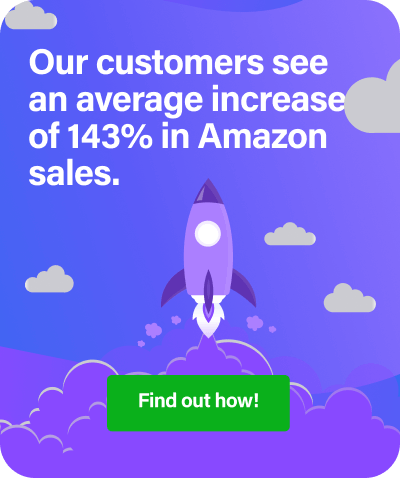Two of the biggest competitors online are Google and Amazon, both of whom are giants that have defined their businesses in similar, yet distinctly separate, ways. Google is the ultra-hip, a minimalist search engine that operates almost intuitively, while Amazon has masqueraded its search engine nature as a mega-store. One of the latest battles between the two sites has been how people, with Amazon traditionally holding the upper hand there. But not to be outdone, Google is nipping at Amazon’s heels with its own rollout, and RepricerExpress dives in to see how the contest is shaping up.
Amazon: Showboating by Showrooming
Because of how many sellers there are on Amazon, getting the right price for the product you’re searching for is usually a matter of when, not if, because merchants are so savvy about repricing. And because there are so many categories on all the Amazon marketplaces, buyers are spoilt for choice. Plus, Amazon sellers don’t have the same overhead that brick-and-mortar stores do, so their prices tend to be lower overall.
The last point is especially important for one big reason: shoppers will either go to a store in person or browse that store’s website for the product they’re looking for and then check on Amazon for a cheaper price. This practice is called showrooming, and it’s something Amazon’s been doing so successfully. In fact, they’ve so mastered this technique that it took offline stores quite a while to notice they were being undercut by Amazon, and huge names like Best Buy have suffered negatively as a result.
Google: Hot on the Heels
There are two main ways buyers can look for cheaper prices on Amazon, and that’s by either going to the Amazon marketplace directly or searching through Google first. The popular search engine knows that a large portion of buyers are using the latter method, and so they thought, Hey, why are we providing a service to shoppers who are using us to go onto another site? Why don’t we just cut out Amazon and keep users on our site?
So they did just that.
Instead of sitting around, content that enough people were just using Google instead of using Google as their endpoint, they introduced Google Shopping. It’ll operate much the same as Amazon’s grocery deliveries — Amazon Prime Fresh — both in terms of setup and structure. For now, it’ll launch for free, but users will have to pay a flat-fee membership.
Similarities and Differences
While the two models look fairly similar on the surface, there’s a world of difference when it comes to their aims. Amazon wants to create its own version of the online grocery store, while Google is just interested in being buyers’ go-to source for delivery. Grocery stores have Amazon as a very real threat and competitor, while Google will be more like a friend to them.
Let’s say you’re shopping online for milk, bread and eggs. You can get that delivered from an Amazon warehouse, and quite probably for cheaper than you’d pay at the corner market. At the other end of the spectrum is Google, which won’t be opening their own grocery warehouses to ship you their own food. Instead, they’ll be partnering up with local grocery stores in your area (the big name ones) and sending food to you from them.
It’ll be interesting to see how this will play out down the road, as now the online grocery monopoly looks like it’s finally being splintered apart. AmazonFresh is a decent service offering decently priced groceries and fast, reliable service, but the lack of choice meant they held all the cards. Now that Google’s muscling in on the scene and giving online shoppers a real alternative, what will that mean for grocery stores and how people buy food online?
Grocery stores have a natural interest in protecting their own bottom line, even if that means a few short-term sacrifices for the greater good. Many supermarkets, if they offer delivery service, have their own shipping suppliers they use, and likely keep it within the store. The emergence of Google Shopping will cut into that, but likely grocery stores will have no choice but to accept it if they want Google to deliver their grocery items.
What grocery stores have to fear, though, is if AmazonFresh continues to maintain its stronghold in the food sector and continue to take business away from themselves. Supermarkets hate the idea of showrooming and would love to see Amazon not do it anymore (which they won’t), so only time will tell how this battle will play out.
For now, though, the point goes to Google.
RepricerExpress has no interest in delving into online groceries, as we’re like Switzerland in this matter: neutral and a safe haven for anyone. But what we are interested in is being able to help Amazon merchants price their wares accordingly and in tune with market trends, and it’s something we’re darn good at. In fact, we’re so confident of our ability to help you make a noticeable difference in how you sell, we’re offering up our repricing software free for 15 days.


